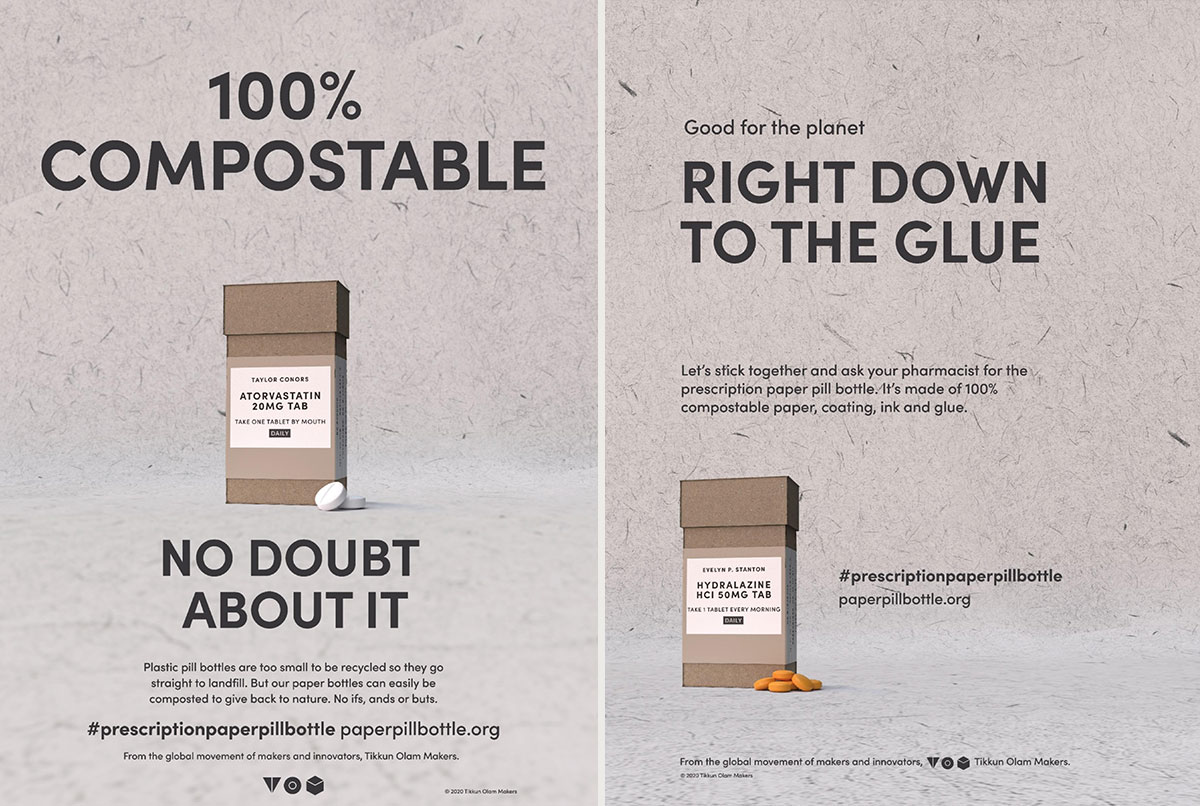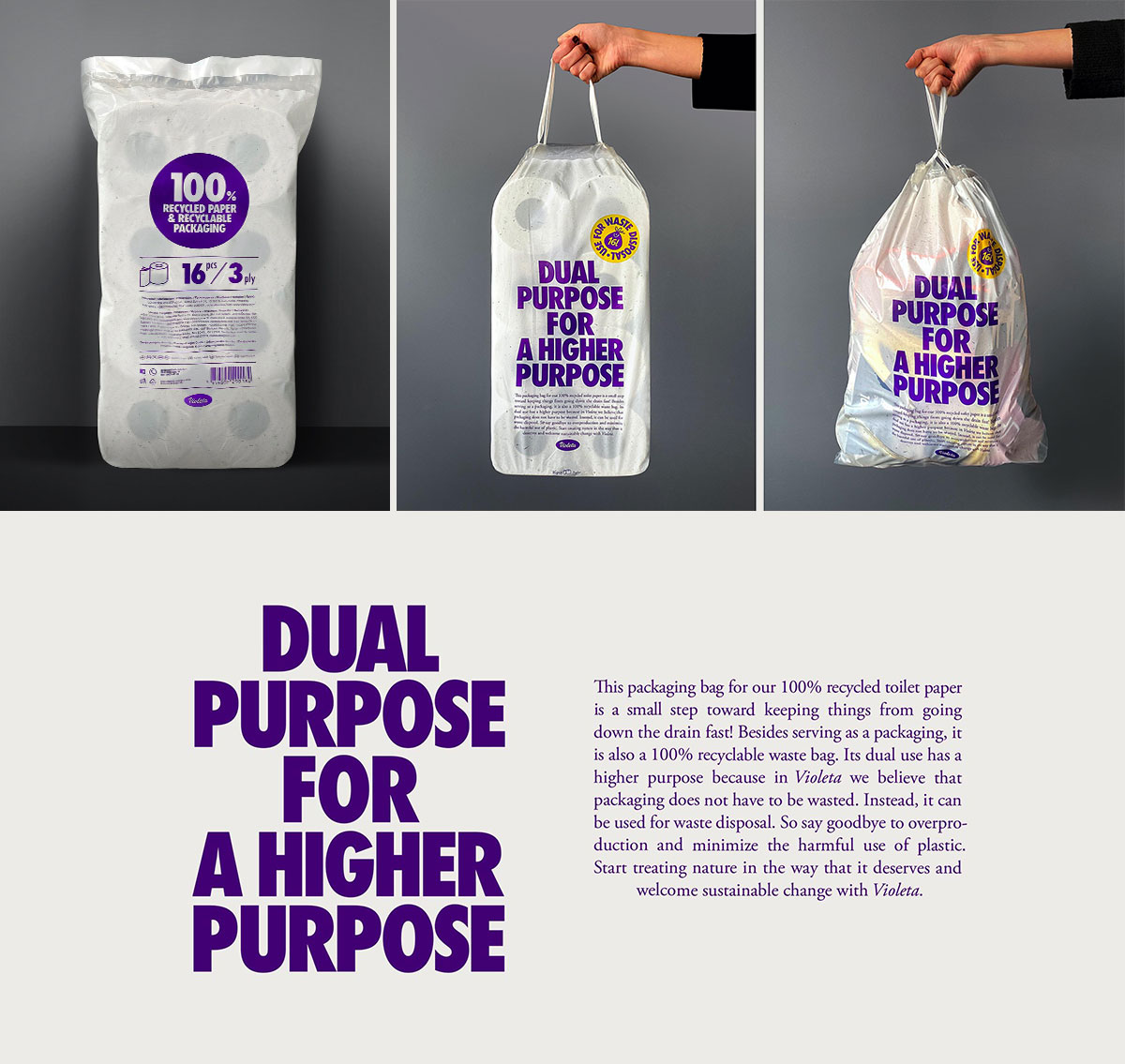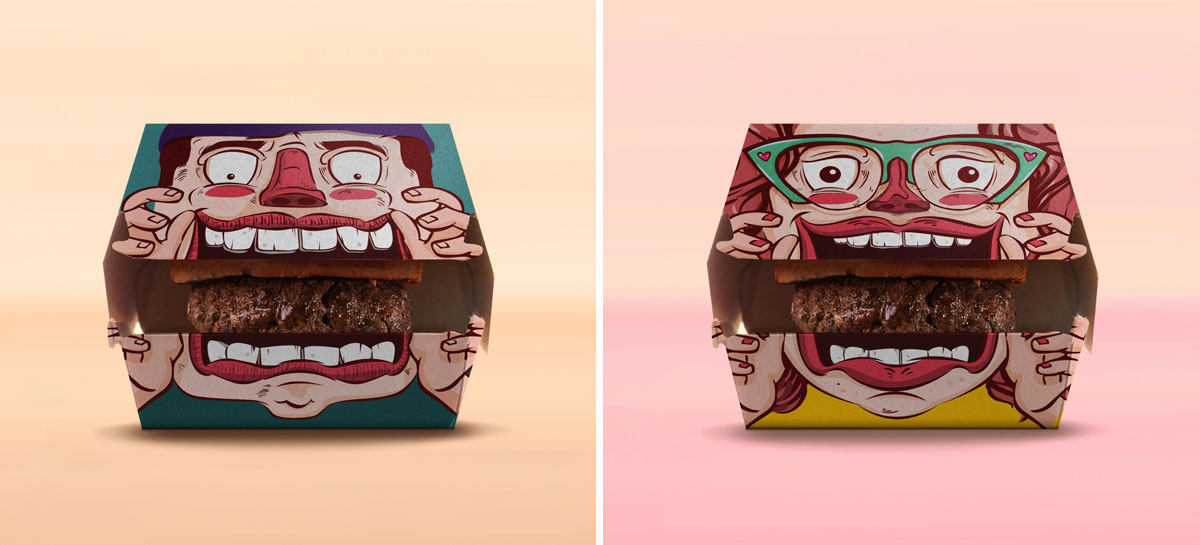Product packaging is very important in any business, in fact, regardless of what industry your business belongs to, you should be very professional in this matter. Packaging and box design is exactly the next step in product production.
This crucial stage in marketing and sales is very important and most experts call it the big stage of product sales; During this period, many issues are examined, and considering the price of box design and packaging is one of its most important issues.
This crucial stage in marketing and sales is very important and most experts call it the big stage of product sales; During this period, many issues are examined, and considering the price of box design and packaging is one of its most important issues.
But outside of the price debate, you should know that product packaging features are very influential in introducing and selling them. For example, the packaging of pharmaceutical products is very important. It is important to know that including your product information on the packaging will help the customer make their purchase correctly; For example, we can refer to the same packaging of pharmaceutical products that is listed on the box of consumption of the drug and directly affects the health of the consumer!

Protection of goods until consumption
Packaging is essentially a kind of protection for your product. After completing the final stages of production, the packaging begins and travels with your product and acts as a protective shield until it reaches the consumer.
This also applies to food because all foods must have a specific packaging that bears the product name and other specifications. This, along with food advertising photography, is very necessary and inevitable for all products; Because it shows the company's value to customers.
Even one of the shopping factors for many consumers who are sensitive to their purchases, having a box and packaging is a very important and fundamental factor.
This also applies to food because all foods must have a specific packaging that bears the product name and other specifications. This, along with food advertising photography, is very necessary and inevitable for all products; Because it shows the company's value to customers.
Even one of the shopping factors for many consumers who are sensitive to their purchases, having a box and packaging is a very important and fundamental factor.
If your product is not supposed to be packaged, you will have 100% problems in the sales market, because there are two reasons for consumer dissatisfaction:
Low value of the product from the customer's point of view due to the lack of a box or design of a suitable and specific packaging for protection.
Lack of any product information due to lack of information label.
Low value of the product from the customer's point of view due to the lack of a box or design of a suitable and specific packaging for protection.
Lack of any product information due to lack of information label.

Product box; Basic invoice for sale!
Your product packaging for the product is essentially not just a feature of the product, but a factor from the company to guarantee it. For example, to buy a box or cartoon TV is not only a protector but also a sign and advertisement to introduce the manufacturer. While in today's market, invoices are a guarantee of the product; This means that you can use the invoice of the purchased product by using the invoice.
But many companies put their product warranty on the packaging box to attract more customers and advertisements; This means that if you think you need to use an invoice or device warranty, you should keep the box until the end of the warranty period, because without it, you will not receive warranty service.
This factor makes your brand name more visible and you can display your products and services. In the meantime, one of the important points about the box or packaging that you should consider is that you should convey all the possible specifications and information along with the label that you put on the packaging to the buyer.
But many companies put their product warranty on the packaging box to attract more customers and advertisements; This means that if you think you need to use an invoice or device warranty, you should keep the box until the end of the warranty period, because without it, you will not receive warranty service.
This factor makes your brand name more visible and you can display your products and services. In the meantime, one of the important points about the box or packaging that you should consider is that you should convey all the possible specifications and information along with the label that you put on the packaging to the buyer.

Unique designs for each product and each company
Companies that have strong marketers and seek to outperform their competitors in their industry invest heavily in logo design and packaging. This factor has helped many brands and companies to get good results in their business; Small companies know that they can go a long way in generating revenue and sales in the market if they can outperform large companies in this regard.
Each brand-specific packaging will be a mark and help buyers and fans distinguish the manufacturer's products from other products on the market. In some cases, companies whose brand name is very popular, to reduce the cost of box design and packaging, abandon the design of product boxes and think about expanding or improving the quality of their services; Brands such as Sony, Samsung, or LG, which compete with each other in the TV and PC industry, produce one-tier packages that focus more on the maneuverability of their products; On the other hand, companies such as Shiami or Huawei are trying to compete with bigger brands by entering this field and impressive designs.
Special designs will put your products ahead of the big competition, because the biggest selling point for any brand is attracting as many customers as possible. The difference between a simple design and an amazing design will become apparent when people are subconsciously drawn to products with a stylish and unique packaging design.
Each brand-specific packaging will be a mark and help buyers and fans distinguish the manufacturer's products from other products on the market. In some cases, companies whose brand name is very popular, to reduce the cost of box design and packaging, abandon the design of product boxes and think about expanding or improving the quality of their services; Brands such as Sony, Samsung, or LG, which compete with each other in the TV and PC industry, produce one-tier packages that focus more on the maneuverability of their products; On the other hand, companies such as Shiami or Huawei are trying to compete with bigger brands by entering this field and impressive designs.
Special designs will put your products ahead of the big competition, because the biggest selling point for any brand is attracting as many customers as possible. The difference between a simple design and an amazing design will become apparent when people are subconsciously drawn to products with a stylish and unique packaging design.
Other packaging is part of the product
By meeting the words and opinions of different people, you can realize that packing will be a solution and a hole for winners who are trying to reach the giant winners in their business. Stylish showing is one of the effective factors in influencing the buyer's decision. You are not there when you buy the product, so you can not explicitly advertise your brand.
So the packaging and the labels on it are the language of your products. In fact, the packaging or product box is no longer considered an external or small element; Rather, in today's market, packaging is part of branding.
In fact, it can be said that the packaging of your product is a certificate for your work and services. So the question arises, is it not appropriate to implement the best idea for advertising photography for it? In response, it is necessary to note that today, in order to become a brand, you have to work hard in this competitive world in order to gain a good position and position among the people; Packaging, as mentioned, is the best way to outperform the big competitors.
So the packaging and the labels on it are the language of your products. In fact, the packaging or product box is no longer considered an external or small element; Rather, in today's market, packaging is part of branding.
In fact, it can be said that the packaging of your product is a certificate for your work and services. So the question arises, is it not appropriate to implement the best idea for advertising photography for it? In response, it is necessary to note that today, in order to become a brand, you have to work hard in this competitive world in order to gain a good position and position among the people; Packaging, as mentioned, is the best way to outperform the big competitors.

Other packaging is part of the product
Given the content of the article, it can be clearly seen that today the issue of packaging is not only a factor to protect the product but also a smart solution to attract customers; In the meantime, you should note that each product must have its own packaging; The box designed for each product has different prices, colors, prints, descriptions and که that you must pay attention to when ordering.
Of course, it is very important that you do not sacrifice the price of the packaging box for quality…! As mentioned, many people make their purchases based on product packaging; Note that this is especially important for companies that are not well known, and the owners of such businesses should pay close attention to the packaging of their products.
Of course, it is very important that you do not sacrifice the price of the packaging box for quality…! As mentioned, many people make their purchases based on product packaging; Note that this is especially important for companies that are not well known, and the owners of such businesses should pay close attention to the packaging of their products.



